The smell of freshly baked Quaker Oatmeal Cookie recipe filled the kitchen as Grandma pulled out her famous batch from the oven. Every weekend, she’d mix up a bowl of Quaker oats, brown sugar, and cinnamon, humming softly as she worked. Every weekend, she’d mix up a bowl of Quaker oats, brown sugar, and cinnamon, humming softly as she worked. For fans of wholesome, baked treats, you might also enjoy our Protein Muffins, a delightful way to start your day. The warm, chewy cookies, packed with raisins and a hint of vanilla, were more than just a treat—they were a tradition, passed down from generation to generation.
Quaker Oatmeal Cookies have been a beloved classic for decades, combining simple ingredients with wholesome oats for the perfect balance of chewiness and crunch. Whether you grew up sneaking bites of dough or discovering the joy of baking as an adult, this timeless recipe brings comfort in every bite. Today, we’re diving into the secrets behind the perfect Quaker Oatmeal Cookie—so grab your apron and let’s get started!
Table of contents
Essential Ingredients for Quaker Oatmeal Cookie Recipe
The secret to the perfect Quaker Oatmeal Cookie recipe lies in choosing the right combination of ingredients. Each component plays a crucial role in achieving that ideal balance of chewiness, crisp edges, and deep, rich flavor. For a creative twist on nutty flavors in your baking, check out our guide on Pistachio Butter, which offers innovative ideas to enhance your recipes.
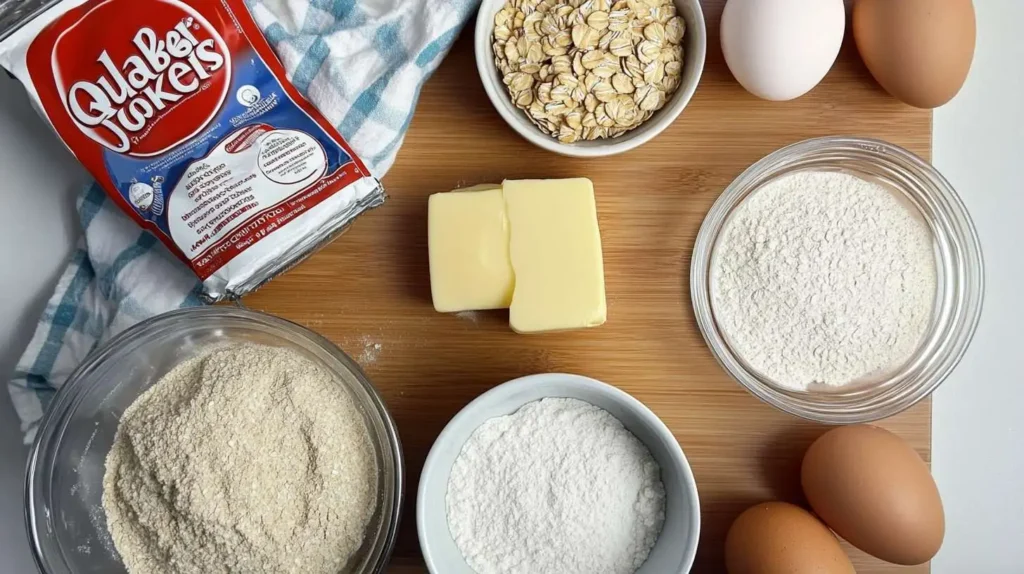
Let’s break down the essentials that make these cookies irresistible.
Choosing the Right Oats
Not all oats are created equal when it comes to baking. For the best texture, old-fashioned rolled oats are the top choice, providing a hearty chew and nutty flavor. Quick oats can also work, giving a softer texture, while instant oats should be avoided as they can turn the cookies mushy.
Flour and Leavening Agents
A classic Quaker Oatmeal Cookie recipe calls for all-purpose flour, which provides structure without making the cookies too dense. Baking soda is the key leavening agent, helping the cookies rise just enough while keeping them soft and chewy.
Sweeteners for Flavor and Texture
A mix of brown sugar and white sugar is ideal for the perfect balance of sweetness and moisture. Brown sugar adds a deep, caramel-like flavor and extra chewiness, while granulated sugar gives a slight crispiness to the edges.
Fat for Richness and Softness
Butter is the heart of the cookie’s flavor, making them rich and tender. For the best results, use unsalted butter at room temperature to properly cream with the sugars. If you prefer a healthier alternative, coconut oil or even applesauce can be used for a slightly different texture.
Eggs for Structure
Eggs act as a binding agent, holding all the ingredients together. They also add moisture, ensuring the cookies remain soft inside. Using room-temperature eggs helps blend everything smoothly.
Spices and Flavor Enhancers
A hint of cinnamon and a splash of vanilla extract bring warmth and depth to the cookies. These simple additions enhance the oats’ natural nuttiness and complement the brown sugar’s caramel tones.
Mix-ins for Extra Goodness
This is where the fun begins! The classic version includes raisins, but you can swap them out for chocolate chips, chopped nuts, shredded coconut, or even dried cranberries. These add-ins personalize your cookies and make them even more delicious.
Step-by-Step Guide: How to Make Quaker Oatmeal Cookie Recipe
Now that we’ve covered the essential ingredients, it’s time to bring them all together and bake the perfect batch of Quaker Oatmeal Cookie recipe. Follow this step-by-step guide to ensure your cookies turn out soft, chewy, and full of flavor.
Step 1: Gather Your Ingredients
Before you begin, make sure you have all the ingredients measured and ready. This helps the baking process go smoothly. You’ll need:
- 1 cup (2 sticks) unsalted butter (softened)
- 1 cup brown sugar (packed)
- ½ cup granulated sugar
- 2 large eggs
- 1 teaspoon vanilla extract
- 1½ cups all-purpose flour
- 1 teaspoon baking soda
- ½ teaspoon salt
- 1 teaspoon cinnamon
- 3 cups old-fashioned rolled oats
- 1 cup raisins (or chocolate chips, nuts, etc.)
Step 2: Preheat the Oven and Prepare the Baking Sheets
Preheat your oven to 350°F (175°C). Line two baking sheets with parchment paper or lightly grease them to prevent sticking.
Step 3: Cream the Butter and Sugars
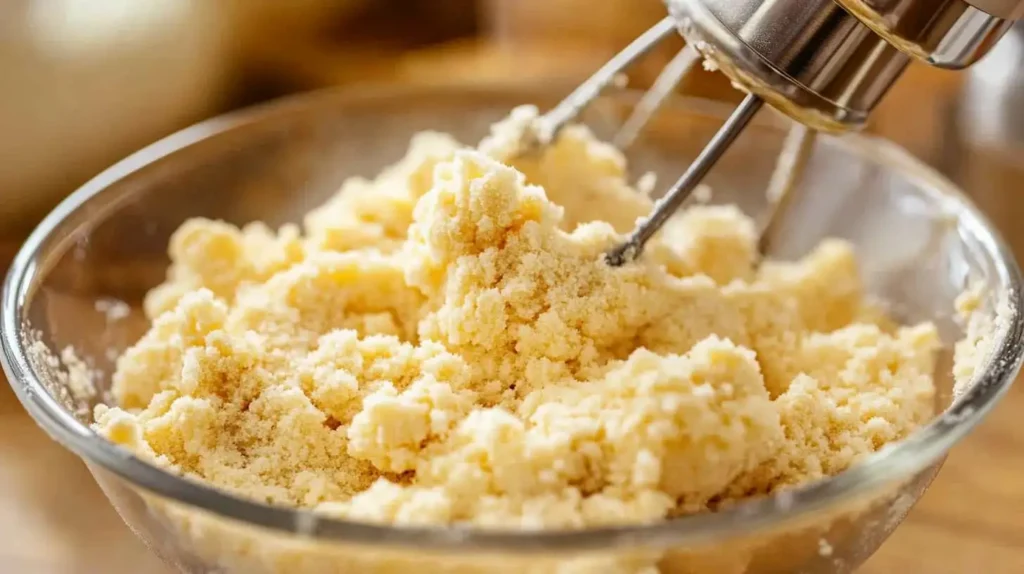
In a large mixing bowl, beat the softened butter, brown sugar, and granulated sugar together until light and fluffy. This process, called creaming, helps create a smooth texture and evenly distributes the sugar.
Step 4: Add the Wet Ingredients
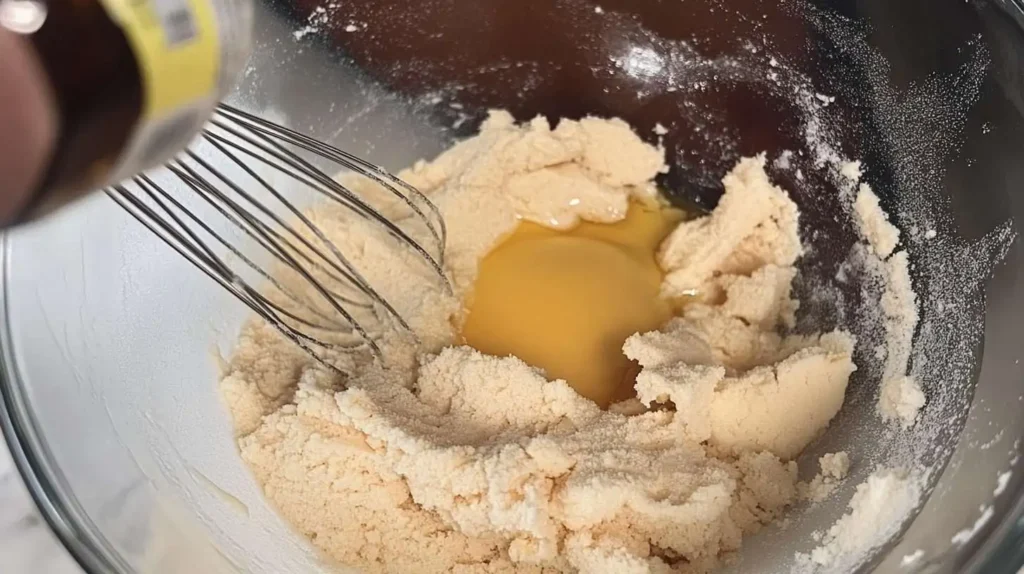
Mix in the eggs, one at a time, followed by the vanilla extract. Beat until fully incorporated.
Step 5: Combine the Dry Ingredients
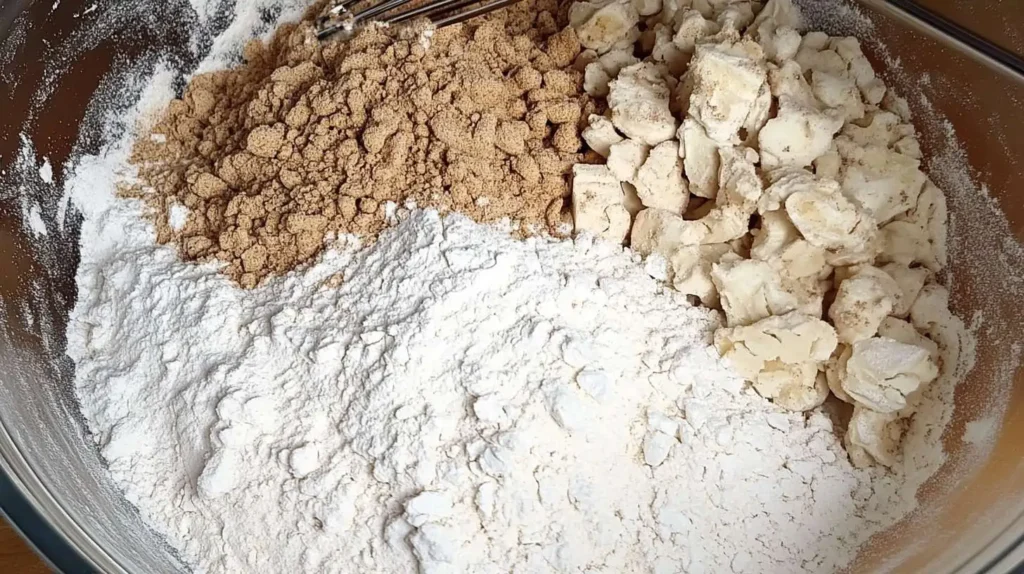
In a separate bowl, whisk together the flour, baking soda, salt, and cinnamon. This ensures that the dry ingredients are evenly distributed before adding them to the wet mixture.
Step 6: Mix Everything Together
Gradually add the dry ingredients to the wet mixture, stirring gently until just combined. Be careful not to overmix, as this can make the cookies tough.
Step 7: Fold in the Oats and Raisins
Stir in the rolled oats and raisins (or other mix-ins) until evenly distributed throughout the dough.
Step 8: Scoop and Shape the Dough
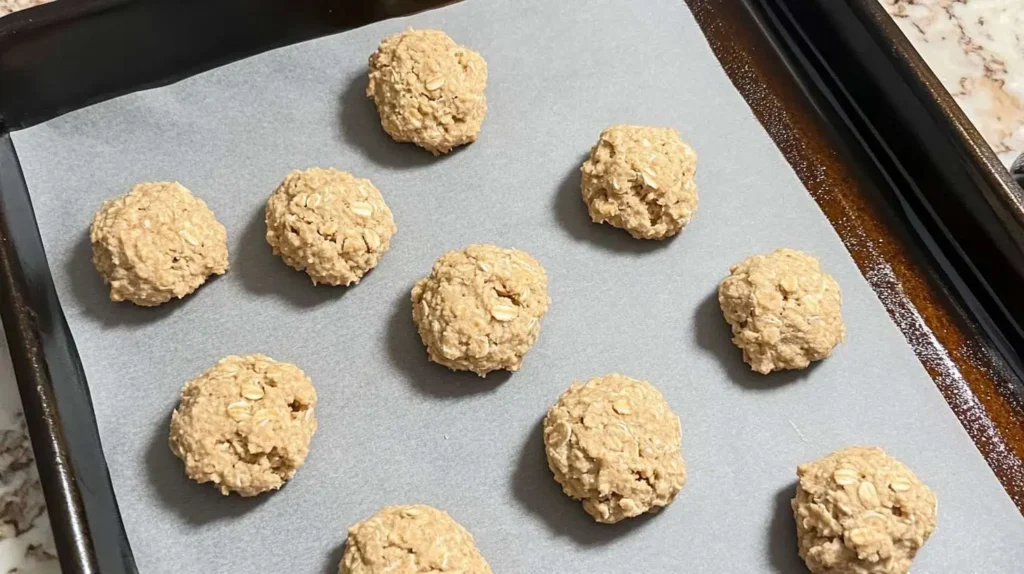
Using a cookie scoop or a tablespoon, drop rounded balls of dough onto the prepared baking sheets, spacing them about 2 inches apart to allow for spreading.
Step 9: Bake to Perfection
Place the baking sheets in the preheated oven and bake for 10-12 minutes, or until the edges turn golden brown. The centers may look slightly underbaked, but they will firm up as the cookies cool.
Step 10: Cool and Enjoy
Let the cookies rest on the baking sheets for 5 minutes before transferring them to a wire rack to cool completely. Enjoy warm with a glass of milk or store them in an airtight container for later!
Expert Tips for the Best Quaker Oatmeal Cookie Recipe
Want to take your Quaker Oatmeal Cookie recipe from good to absolutely irresistible? These expert tips will help you achieve the perfect balance of chewiness, flavor, and texture every time you bake. And if you’re looking for more quick, portable sweet treats that pack a punch of flavor, our mini pancakes recipe guide offers bite-sized delights perfect for on-the-go snacking.
1. Use Room Temperature Ingredients
Bringing butter and eggs to room temperature ensures that they mix smoothly into the dough, creating an even texture. Cold ingredients can lead to dense, unevenly baked cookies.
2. Cream Butter and Sugar Properly
The key to soft and chewy cookies is properly creaming the butter and sugar. Beat them together for at least 2-3 minutes until the mixture is light and fluffy. This process traps air, helping the cookies rise and stay tender.
3. Measure Flour the Right Way
Too much flour can make cookies dry and crumbly. To measure correctly, use the spoon and level method: spoon the flour into a measuring cup and level it off with a knife. Avoid scooping directly from the bag, as this compacts the flour and leads to excess.
4. Chill the Dough for Extra Chewiness
For even chewier cookies, refrigerate the dough for 30 minutes to an hour before baking. This allows the oats to absorb moisture and enhances the cookie’s texture. If you want a thicker cookie, chilling is a must!
5. Don’t Overmix the Dough
Once you add the flour, mix only until the ingredients are combined. Overmixing can develop too much gluten, resulting in tough cookies instead of soft and chewy ones.
6. Add an Extra Egg Yolk for Richness
For an extra chewy texture, try adding one additional egg yolk to the recipe. The extra fat makes the cookies softer and richer.
7. Experiment with Mix-Ins
Classic oatmeal cookies use raisins, but feel free to get creative! Try adding:
- Chocolate chips for a sweeter twist
- Chopped walnuts or pecans for crunch
- Shredded coconut for a tropical touch
- Dried cranberries for a tart contrast
8. Underbake Slightly for Softer Cookies
Remove cookies from the oven when the edges are light golden brown, but the centers still look slightly underbaked. They will continue cooking on the baking sheet, giving you the perfect soft and chewy texture.
9. Let Cookies Rest on the Baking Sheet
Instead of transferring cookies immediately to a cooling rack, let them sit on the baking sheet for 5 minutes. This helps them set without overbaking.
10. Store for Freshness
To keep cookies soft, store them in an airtight container with a slice of bread. The bread helps retain moisture, keeping your cookies fresh for up to one week.
Conclusion
There’s nothing quite like the comforting taste of homemade Quaker Oatmeal Cookies—soft, chewy, and packed with wholesome goodness. Whether you stick to the classic recipe or experiment with mix-ins like chocolate chips or nuts, these cookies are perfect for any occasion. By following the right techniques, such as choosing the right oats, chilling the dough, and creaming the butter properly, you’ll create bakery-quality cookies every time.
Now that you’ve mastered the art of oatmeal cookies, it’s time to grab your mixing bowl and start baking! Whether you’re making them for family, friends, or just yourself, these cookies are sure to bring smiles and satisfy your sweet cravings. Happy baking!
Frequently Asked Questions about Quaker Oatmeal Cookie Recipe
Are quick oats or old-fashioned oats better for cookies?
Old-fashioned rolled oats are the best choice for Quaker Oatmeal Cookies because they provide a chewier texture and better structure. Quick oats can work, but they produce softer, less textured cookies. Avoid instant oats, as they can make the cookies mushy.
Can I use instant oatmeal in cookies?
It’s not recommended. Instant oatmeal is finely processed and often pre-cooked, which can result in overly soft and doughy cookies. If instant oats are your only option, try reducing the amount slightly to maintain structure.
Why did my oatmeal cookies come out flat?
Flat cookies are usually caused by:
- Butter that’s too soft or melted – Always use room temperature butter, not melted.
- Skipping the chilling step – If your dough is warm, it spreads too quickly in the oven. Refrigerate for at least 30 minutes for thicker cookies.
- Not enough flour or oats – Make sure to measure correctly using the spoon and level method to avoid under-measuring dry ingredients.
How do you make Quaker oats oatmeal?
To make classic Quaker oatmeal, follow these simple steps:
- Bring 1 cup of water (or milk) to a boil.
- Stir in ½ cup old-fashioned oats.
- Reduce heat to medium and cook for about 5 minutes, stirring occasionally.
- Remove from heat and let it sit for a minute.
- Add sweeteners, cinnamon, fruit, or nuts for extra flavor!

